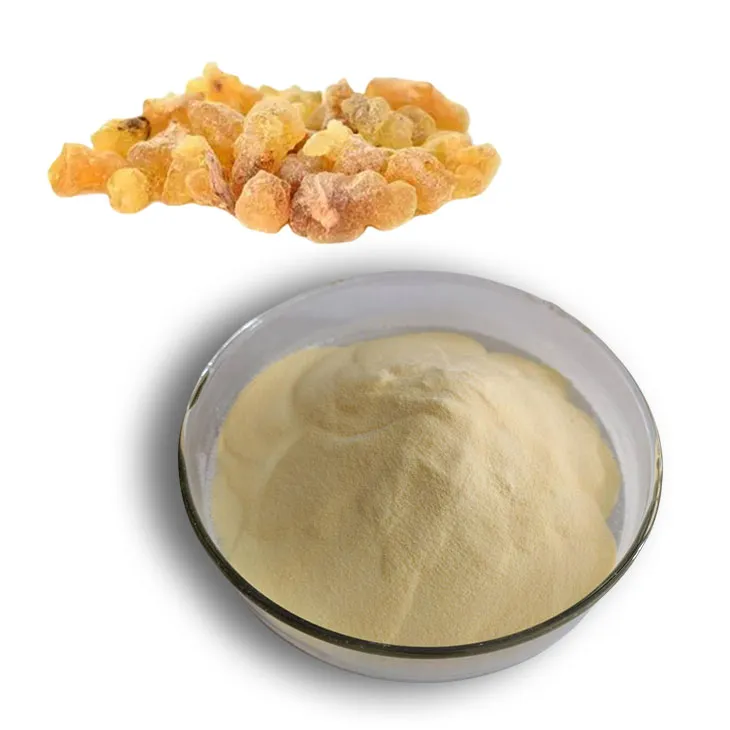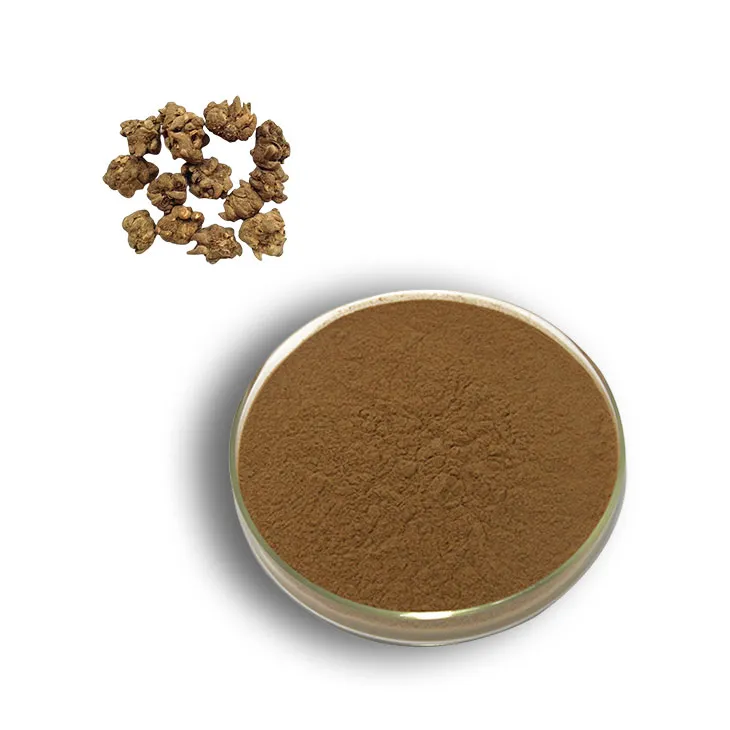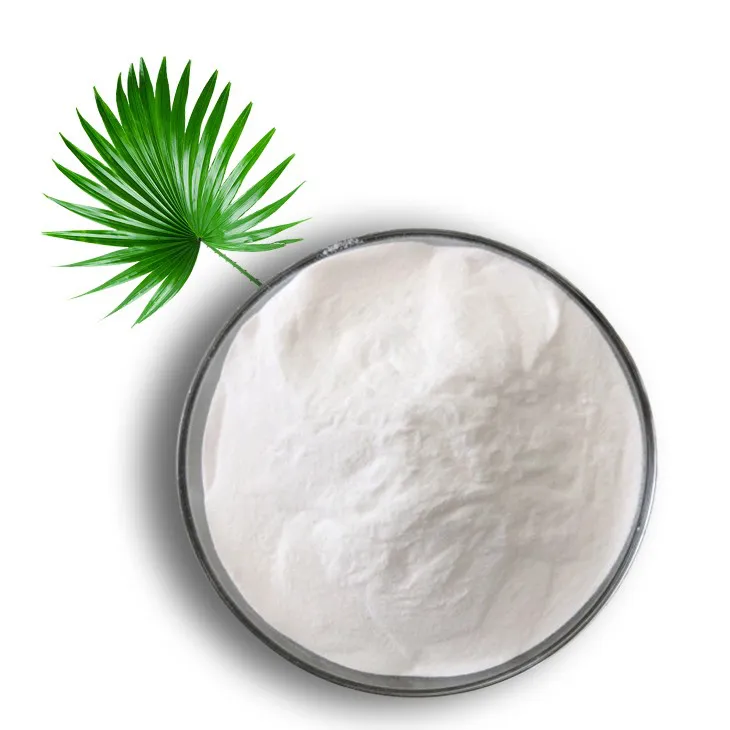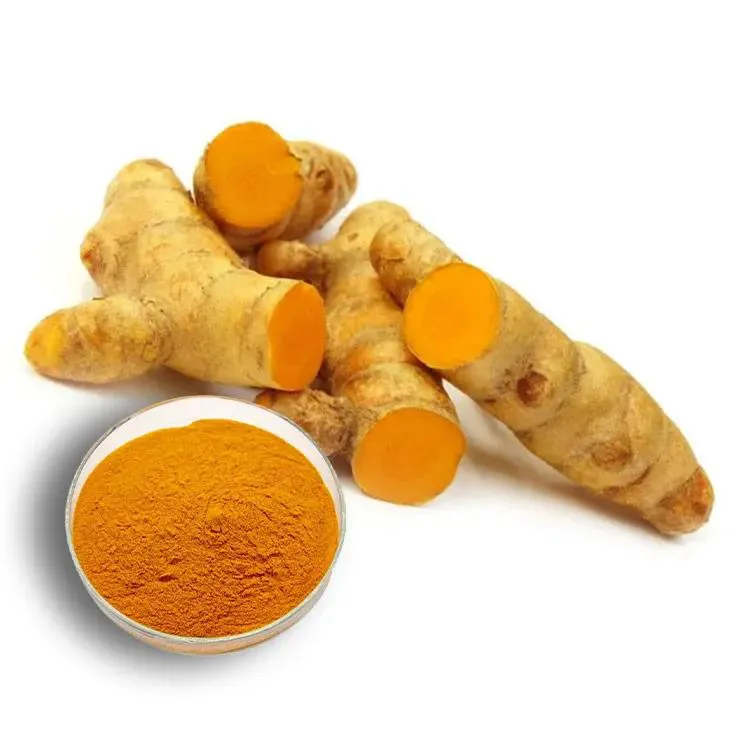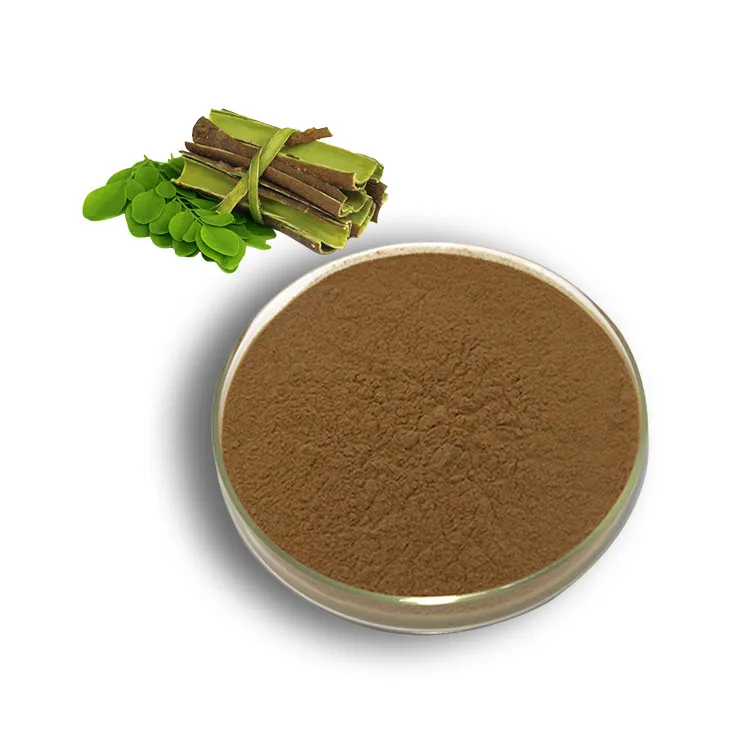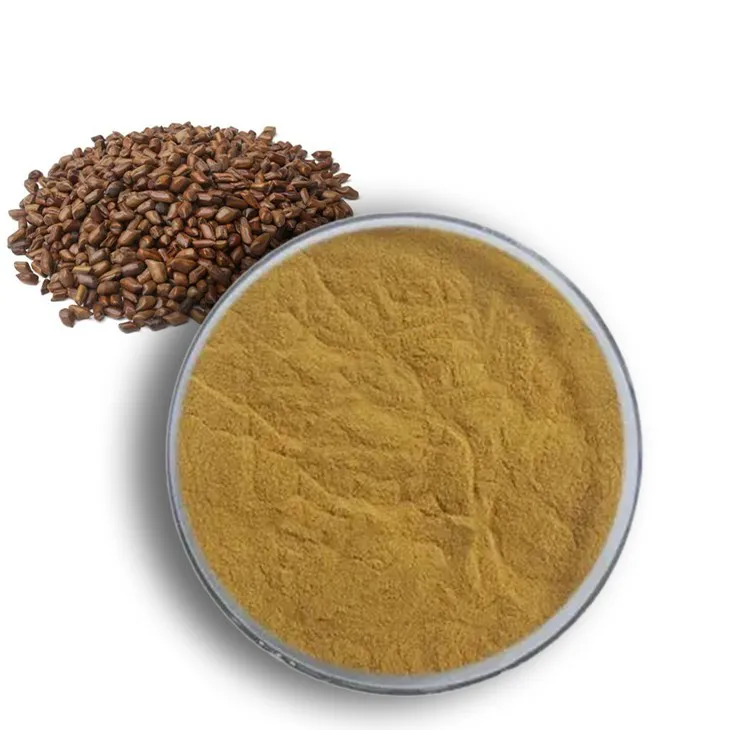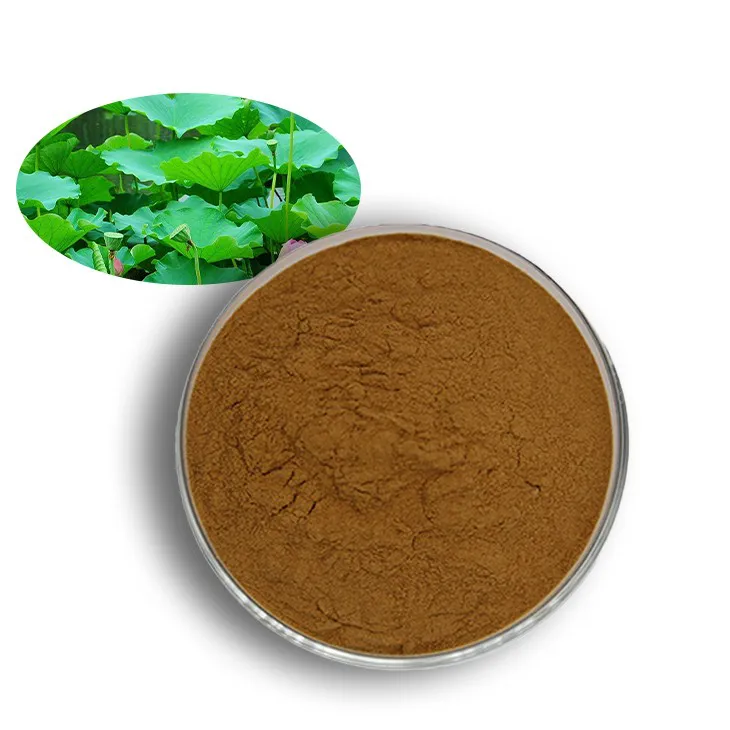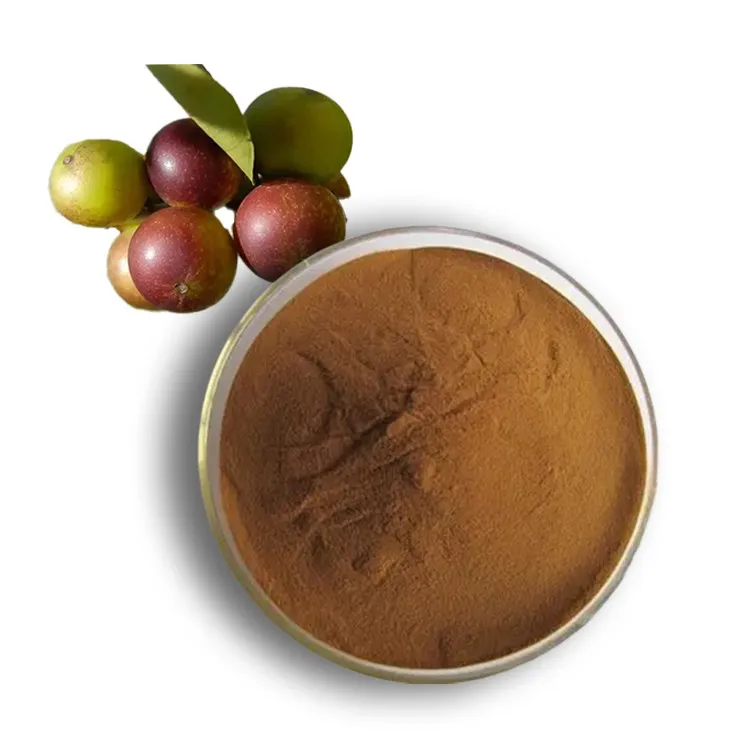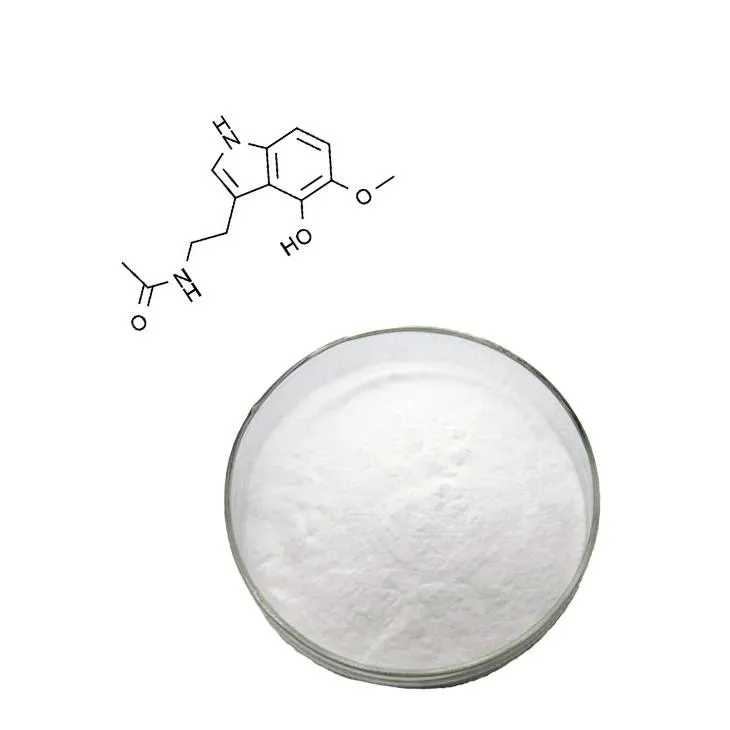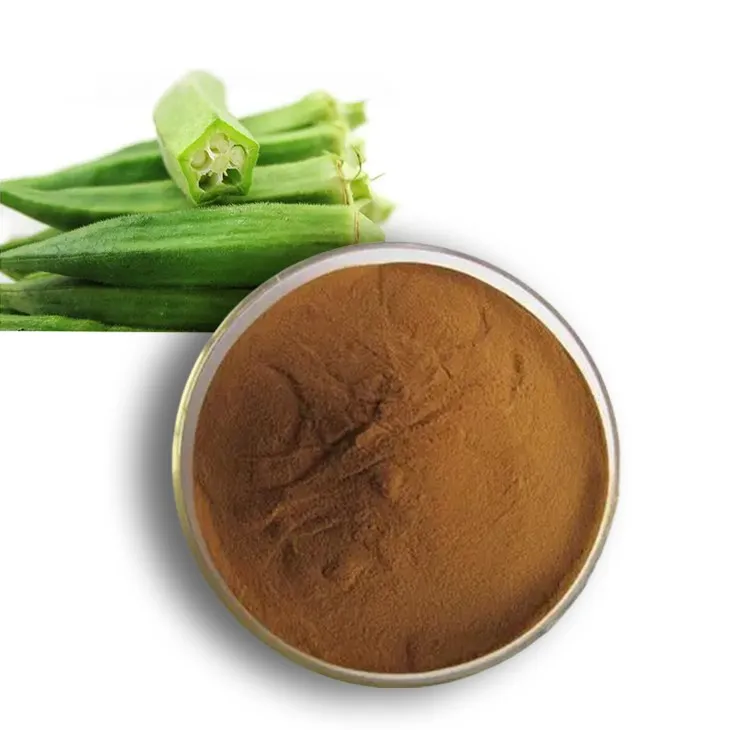- 0086-571-85302990
- sales@greenskybio.com
Complete Guide to Troxerutin Grinding Process: Key Points by Steps
2024-12-10
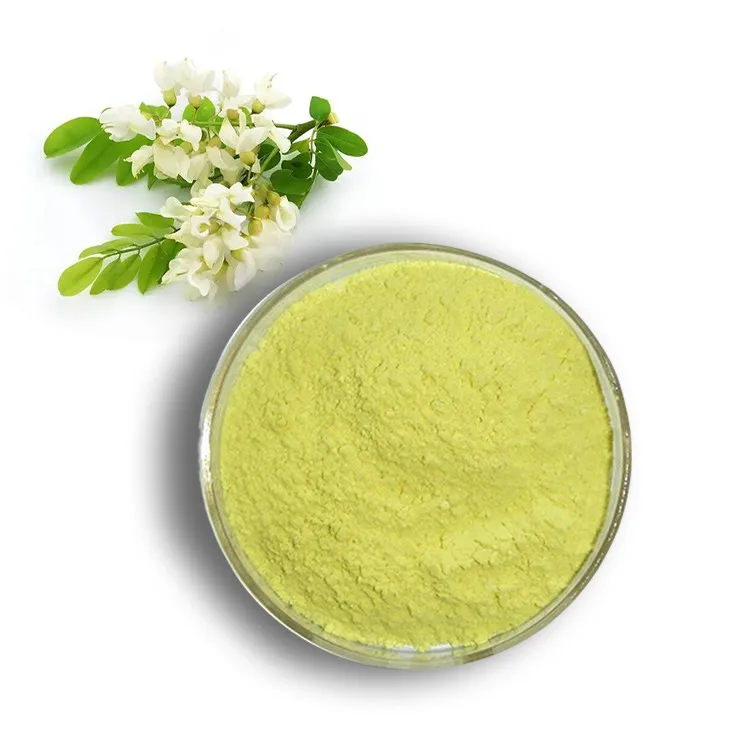
1. Introduction
Troxerutin, a flavonoid derivative, has various applications in the pharmaceutical and cosmetic industries. The grinding process of Troxerutin is crucial for obtaining the desired particle size, which in turn affects its solubility, bioavailability, and overall performance. This comprehensive guide will take you through the step - by - step process of Troxerutin grinding, from raw material preparation to final product quality assurance.
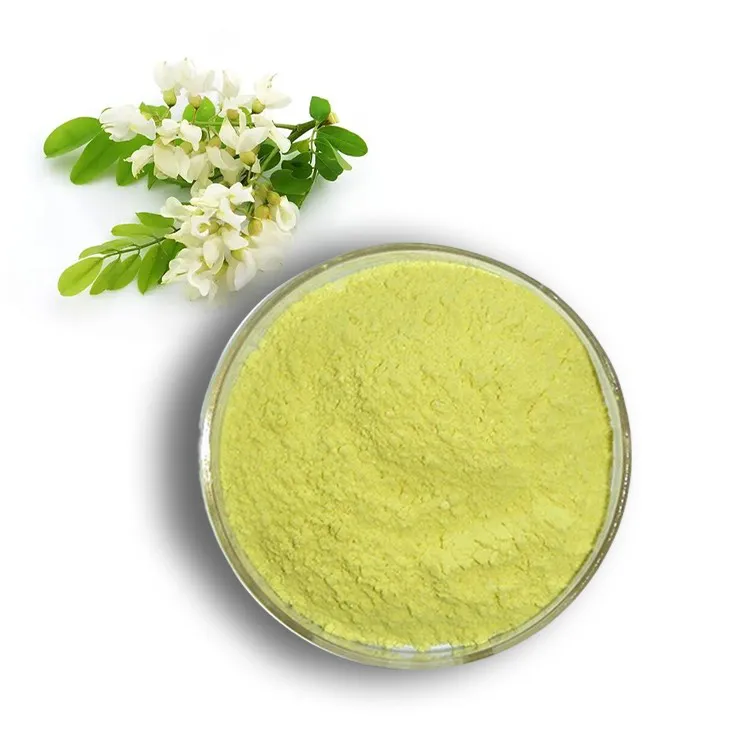
2. Raw Material Preparation
2.1 Selection of Raw Materials
The quality of the raw troxerutin is of utmost importance. High - purity troxerutin should be sourced from reliable suppliers. It is essential to check the certificates of analysis to ensure that the raw material meets the required specifications in terms of chemical composition, purity, and impurity levels.
2.2 Pretreatment of Raw Materials
Before grinding, the raw troxerutin may require some pretreatment steps. This could include:
- Drying: If the raw material has a high moisture content, it needs to be dried to a suitable level. Excessive moisture can affect the grinding efficiency and the stability of the final product. Drying can be carried out using methods such as vacuum drying or oven drying at a controlled temperature.
- Sieving: Sieving the raw material can remove any large particles or foreign matter. This helps to ensure a more uniform starting material for the grinding process.
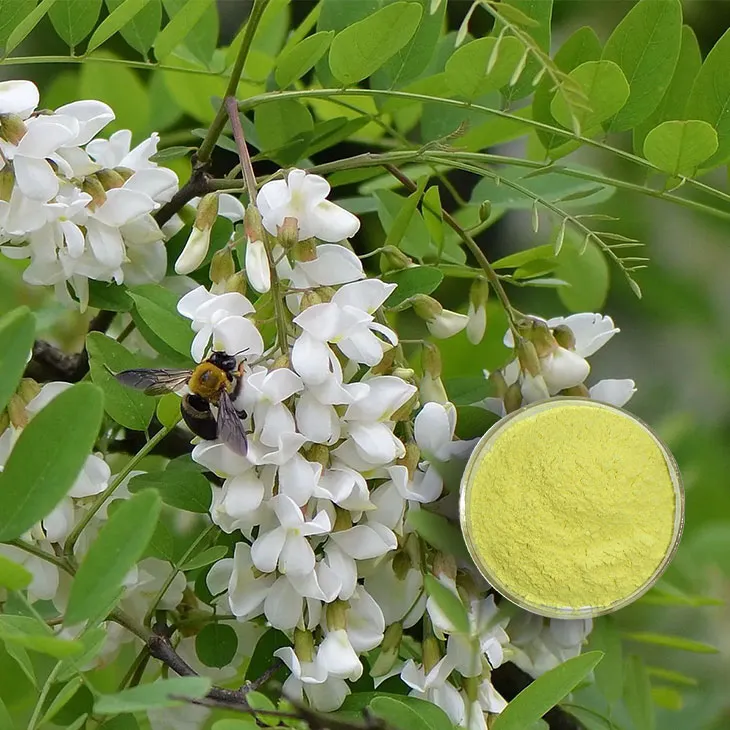
3. Grinding Equipment Selection
3.1 Types of Grinding Equipment
There are several types of grinding equipment that can be used for troxerutin grinding, each with its own advantages and disadvantages:
- Ball Mills: Ball mills are widely used for fine grinding. They consist of a rotating cylinder filled with grinding balls. The raw material is placed inside the cylinder, and as the cylinder rotates, the balls collide with the material, reducing it to a finer powder. Ball mills are suitable for batch processing and can achieve a relatively narrow particle size distribution.
- Jet Mills: Jet mills use high - velocity jets of gas to grind the material. They are often used for grinding materials to very fine particle sizes. Jet mills are known for their ability to produce particles with a narrow size distribution and low levels of contamination. However, they can be more expensive to operate compared to other types of mills.
- Hammer Mills: Hammer mills are relatively simple and cost - effective grinding devices. They use rotating hammers to break the material into smaller pieces. While they can achieve a certain degree of fineness, they may not be as suitable for achieving very fine particle sizes compared to ball mills or jet mills.
3.2 Considerations for Equipment Selection
When selecting the grinding equipment for troxerutin, the following factors should be considered:
- Desired Particle Size: The target particle size of the ground troxerutin will influence the choice of equipment. For example, if a very fine powder is required, a jet mill may be the preferred option.
- Throughput: The amount of troxerutin to be ground per unit time (throughput) is an important consideration. Some mills are more suitable for high - volume production, while others are better for small - scale or laboratory - scale grinding.
- Cost: The cost of the equipment, including both the initial investment and the operating costs (such as energy consumption and maintenance), should be taken into account. A cost - benefit analysis can help in choosing the most economical option without sacrificing the quality of the ground product.
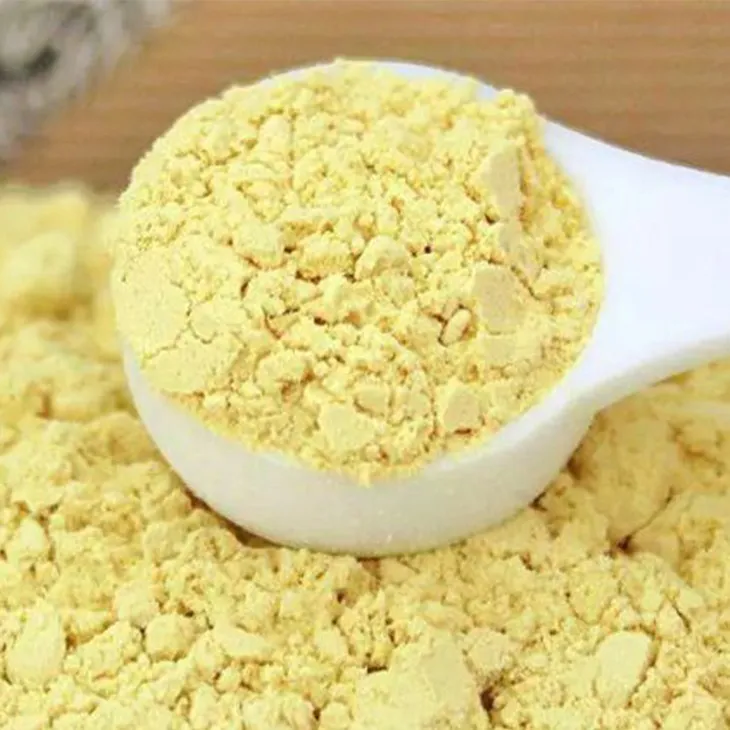
4. Grinding Process
4.1 Loading the Raw Material
Once the grinding equipment has been selected, the next step is to load the pretreated raw troxerutin into the grinder. The amount of material loaded should be within the recommended capacity of the equipment. Overloading can lead to inefficient grinding and may even damage the equipment. It is also important to ensure an even distribution of the raw material within the grinding chamber to promote uniform grinding.
4.2 Setting the Grinding Parameters
The grinding parameters need to be carefully adjusted to achieve the desired particle size and quality of the ground troxerutin. These parameters may include:
- Grinding Time: The length of time for which the grinding process is carried out affects the final particle size. Longer grinding times generally result in finer particles, but there is a limit beyond which over - grinding may occur, leading to issues such as increased temperature, which can affect the stability of troxerutin.
- Rotation Speed: In the case of ball mills or other rotary grinding equipment, the rotation speed is a critical parameter. An appropriate rotation speed can ensure effective collisions between the grinding media and the raw material, facilitating the reduction of particle size.
- Grinding Media Size and Composition: For ball mills, the size and composition of the grinding balls can influence the grinding efficiency. Smaller balls are generally more effective for fine grinding, but they may also lead to longer grinding times. The composition of the balls (such as stainless steel, ceramic, etc.) can also affect the quality of the ground product due to potential interactions with the troxerutin.
4.3 Monitoring the Grinding Process
During the grinding process, it is necessary to monitor various aspects to ensure its proper progress:
- Temperature: As grinding can generate heat, especially during prolonged or high - intensity grinding, it is important to monitor the temperature inside the grinding chamber. High temperatures can cause degradation of troxerutin. If the temperature rises above a certain limit, appropriate cooling measures may need to be implemented, such as using a cooling jacket or reducing the grinding intensity.
- Particle Size: Regular measurement of the particle size of the ground troxerutin is essential. This can be done using techniques such as laser diffraction or sieve analysis. By monitoring the particle size, the grinding parameters can be adjusted in a timely manner to achieve the desired fineness.
5. Post - Grinding Processing
5.1 Sieving and Classification
After grinding, the troxerutin powder may need to be sieved to remove any oversized particles or aggregates. Sieving can be carried out using different mesh sizes depending on the desired particle size range of the final product. Additionally, classification techniques can be used to further separate the powder into different particle size fractions, if required. This helps to ensure a more uniform product with a consistent particle size distribution.
5.2 Blending and Mixing
In some cases, the ground troxerutin may need to be blended or mixed with other ingredients. For example, in pharmaceutical formulations, it may be blended with excipients. Careful blending and mixing are required to ensure a homogeneous mixture. This can be achieved using appropriate mixing equipment, such as a V - blender or a planetary mixer. The mixing time and speed should be optimized to avoid over - mixing, which can lead to segregation or changes in the physical properties of the powder.
6. Quality Assurance
6.1 Particle Size Analysis
The particle size of the ground troxerutin is a critical quality parameter. As mentioned earlier, techniques such as laser diffraction or sieve analysis should be used to accurately measure the particle size distribution. The results should be compared with the pre - defined specifications to ensure that the product meets the required particle size criteria.
6.2 Purity and Chemical Analysis
To ensure the quality of the ground troxerutin, purity and chemical composition analysis should be carried out. This can include methods such as high - performance liquid chromatography (HPLC) to determine the purity of troxerutin and to detect any impurities or degradation products. The chemical analysis should confirm that the ground product still retains its chemical integrity and has not undergone any significant chemical changes during the grinding process.
6.3 Physical Property Testing
Physical properties such as flowability, bulk density, and tapped density of the ground troxerutin powder can also affect its performance in various applications. These properties can be tested using standard methods. For example, the flowability can be measured using a flow tester, and the bulk and tapped densities can be determined using appropriate density measurement devices. The results of these physical property tests should be within the acceptable range for the intended use of the product.
7. Conclusion
The grinding process of troxerutin is a multi - step operation that requires careful attention to various factors, from raw material preparation to final product quality assurance. By following the steps and considerations outlined in this guide, manufacturers can ensure the production of high - quality troxerutin powder with the desired particle size, purity, and physical properties, which is essential for its successful application in the pharmaceutical, cosmetic, and other industries.
FAQ:
Q1: What are the initial requirements for Troxerutin raw materials in the grinding process?
The raw materials for Troxerutin should be of high purity and proper particle size distribution before grinding. They need to be free from contaminants that could affect the grinding efficiency and the quality of the final product. Usually, the raw materials are sourced from reliable suppliers and are tested for quality control.
Q2: How does the grinding equipment affect the Troxerutin grinding process?
Different grinding equipment has different mechanisms and efficiencies. For example, ball mills may provide a more uniform grinding action but could be slower compared to some high - speed mills. The choice of equipment depends on factors such as the required particle size, production volume, and energy consumption. The grinding equipment should be properly maintained to ensure consistent performance during the Troxerutin grinding process.
Q3: What are the optimal grinding parameters for Troxerutin?
The optimal grinding parameters include factors like grinding speed, grinding time, and the ratio of the grinding medium (if applicable). For Troxerutin, a moderate grinding speed is often preferred to avoid over - grinding or generating excessive heat, which could degrade the product. The grinding time should be adjusted based on the desired particle size, and the ratio of the grinding medium should be determined according to the equipment and the quantity of raw materials.
Q4: How is the quality of the ground Troxerutin product ensured?
Quality assurance involves multiple steps. Firstly, particle size analysis is carried out to ensure that the ground product meets the specified size requirements. Secondly, chemical analysis is performed to confirm that the chemical composition of Troxerutin remains unchanged during the grinding process. Thirdly, tests for physical properties such as solubility and flowability are also important to ensure the usability of the final product.
Q5: Are there any special precautions during the Troxerutin grinding process?
Yes, there are. Since Troxerutin is a chemical compound, precautions need to be taken to prevent cross - contamination with other substances. Also, as mentioned before, over - grinding and excessive heat generation should be avoided. Additionally, proper ventilation in the grinding area is necessary to remove any dust or fumes generated during the process, which could also pose a risk to the quality of the product.
Related literature
- Advances in Troxerutin Processing Technologies"
- "The Role of Grinding in Troxerutin Production: A Review"
- "Optimizing Troxerutin Quality through Grinding: An Industrial Perspective"
- ▶ Hesperidin
- ▶ citrus bioflavonoids
- ▶ plant extract
- ▶ lycopene
- ▶ Diosmin
- ▶ Grape seed extract
- ▶ Sea buckthorn Juice Powder
- ▶ Beetroot powder
- ▶ Hops Extract
- ▶ Artichoke Extract
- ▶ Reishi mushroom extract
- ▶ Astaxanthin
- ▶ Green Tea Extract
- ▶ Curcumin Extract
- ▶ Horse Chestnut Extract
- ▶ Other Problems
- ▶ Boswellia Serrata Extract
- ▶ Resveratrol Extract
- ▶ Marigold Extract
- ▶ Grape Leaf Extract
- ▶ blog3
- ▶ Aminolevulinic acid
- ▶ Cranberry Extract
- ▶ Red Yeast Rice
- ▶ Red Wine Extract
-
Boswellia Serrata Extract
2024-12-10
-
Cat Claw Extract
2024-12-10
-
Saw Palmetto Extract
2024-12-10
-
Curcumin Extract
2024-12-10
-
White Willow Bark Extract
2024-12-10
-
Cassia Seed Extract
2024-12-10
-
Lotus leaf extract
2024-12-10
-
Camu Camu Extract
2024-12-10
-
melatonin extract
2024-12-10
-
Okra Extract
2024-12-10











